Related Research Articles
In integrated circuit manufacturing, photolithography or optical lithography is a general term used for techniques that use light to produce minutely patterned thin films of suitable materials over a substrate, such as a silicon wafer, to protect selected areas of it during subsequent etching, deposition, or implantation operations. Typically, ultraviolet light is used to transfer a geometric design from an optical mask to a light-sensitive chemical (photoresist) coated on the substrate. The photoresist either breaks down or hardens where it is exposed to light. The patterned film is then created by removing the softer parts of the coating with appropriate solvents, also known in this case as developers.

Artificial lighting technology began to be developed tens of thousands of years ago and continues to be refined in the present day.

LASIK or Lasik, commonly referred to as laser eye surgery or laser vision correction, is a type of refractive surgery for the correction of myopia, hyperopia, and an actual cure for astigmatism, since it is in the cornea. LASIK surgery is performed by an ophthalmologist who uses a laser or microkeratome to reshape the eye's cornea in order to improve visual acuity.

An LCD projector is a type of video projector for displaying video, images or computer data on a screen or other flat surface. It is a modern equivalent of the slide projector or overhead projector. To display images, LCD projectors typically send light from a metal-halide lamp through a prism or series of dichroic filters that separates light to three polysilicon panels – one each for the red, green and blue components of the video signal. As polarized light passes through the panels, individual pixels can be opened to allow light to pass or closed to block the light. The combination of open and closed pixels can produce a wide range of colors and shades in the projected image.
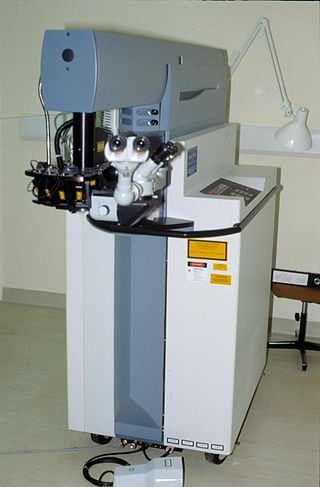
An excimer laser, sometimes more correctly called an exciplex laser, is a form of ultraviolet laser which is commonly used in the production of microelectronic devices, semiconductor based integrated circuits or "chips", eye surgery, and micromachining. Since 1960s excimer lasers are widely used in high-resolution photolithography machines, one of the critical technologies required for microelectronic chip manufacturing.

Refractive surgery is optional eye surgery used to improve the refractive state of the eye and decrease or eliminate dependency on glasses or contact lenses. This can include various methods of surgical remodeling of the cornea (keratomileusis), lens implantation or lens replacement. The most common methods today use excimer lasers to reshape the curvature of the cornea. Refractive eye surgeries are used to treat common vision disorders such as myopia, hyperopia, presbyopia and astigmatism.
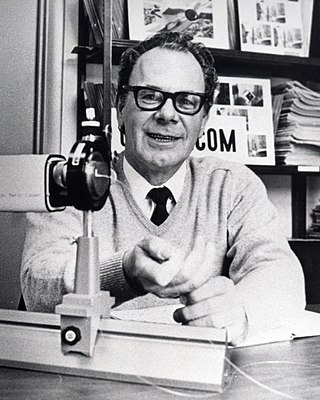
Richard Gordon Gould was an American physicist who is sometimes credited with the invention of the laser and the optical amplifier.. Gould is best known for his thirty-year fight with the United States Patent and Trademark Office to obtain patents for the laser and related technologies. He also fought with laser manufacturers in court battles to enforce the patents he subsequently did obtain.

Shuji Nakamura is a Japanese-born American electronic engineer and inventor specializing in the field of semiconductor technology, professor at the Materials Department of the College of Engineering, University of California, Santa Barbara (UCSB), and is regarded as the inventor of the blue LED, a major breakthrough in lighting technology.

A gas laser is a laser in which an electric current is discharged through a gas to produce coherent light. The gas laser was the first continuous-light laser and the first laser to operate on the principle of converting electrical energy to a laser light output. The first gas laser, the Helium–neon laser (HeNe), was co-invented by Iranian engineer and scientist Ali Javan and American physicist William R. Bennett, Jr., in 1960. It produced a coherent light beam in the infrared region of the spectrum at 1.15 micrometres.

Jun-ichi Nishizawa was a Japanese engineer and inventor. He is known for his electronic inventions since the 1950s, including the PIN diode, static induction transistor, static induction thyristor, SIT/SITh. His inventions contributed to the development of internet technology and the information age.
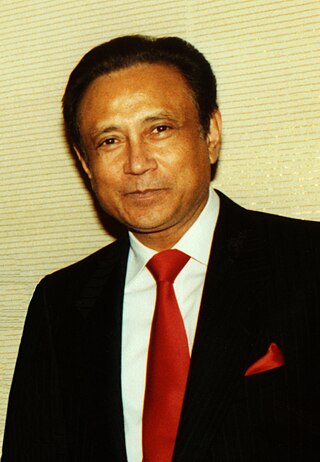
Mani Lal Bhaumik is an Indian American physicist and an internationally bestselling author, celebrated lecturer, entrepreneur and philanthropist.
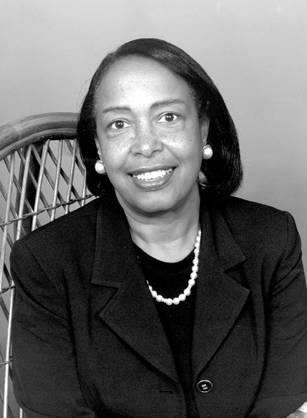
Patricia Era Bath was an American ophthalmologist and humanitarian. She became the first female member of the Jules Stein Eye Institute, the first woman to lead a post-graduate training program in ophthalmology, and the first woman elected to the honorary staff of the UCLA Medical Center. Bath was the first African-American to serve as a resident in ophthalmology at New York University. She was also the first African-American woman to serve on staff as a surgeon at the UCLA Medical Center. Bath was the first African-American woman doctor to receive a patent for a medical purpose. A holder of five patents, she founded the non-profit American Institute for the Prevention of Blindness in Washington, D.C.
Rangaswamy Srinivasan is a physical chemist and inventor with a 30-year career at IBM Research. He has developed techniques for ablative photodecomposition and used them to contribute to the development of LASIK eye surgery.
Stephen Updegraff, M.D., FACS is an American refractive surgeon best known for his early involvement in, and contributions to, LASIK. He is a Fellow of the American College of Surgeons, a board-certified member of the American Board of Ophthalmology, a founding member of the American College of Ophthalmic Surgeons, and a member of the International Society of Refractive Surgery, the American Academy of Ophthalmology, the American Society of Cataract and Refractive Surgery, and the Pine Ridge Eye Study Society. Updegraff currently serves as the medical director of Updegraff Vision in St. Petersburg, Florida.
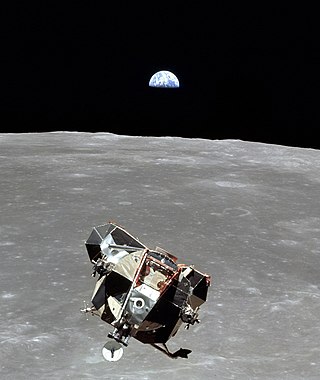
A timeline of United States inventions (1946–1991) encompasses the ingenuity and innovative advancements of the United States within a historical context, dating from the era of the Cold War, which have been achieved by inventors who are either native-born or naturalized citizens of the United States. Copyright protection secures a person's right to his or her first-to-invent claim of the original invention in question, highlighted in Article I, Section 8, Clause 8 of the United States Constitution which gives the following enumerated power to the United States Congress:
To promote the Progress of Science and useful Arts, by securing for limited Times to Authors and Inventors the exclusive Right to their respective Writings and Discoveries.

Gholam A. Peyman is an Iranian American ophthalmologist, retina surgeon, and inventor. He is best known for his invention of LASIK eye surgery, a vision correction procedure designed to allow people to see clearly without glasses. He was awarded the first US patent for the procedure in 1989.
Xenon monochloride (XeCl) is an exciplex which is used in excimer lasers and excimer lamps emitting near ultraviolet light at 308 nm. It is most commonly used in medicine. Xenon monochloride was first synthesized in the 1960s. Its kinetic scheme is very complex and its state changes occur on a nanosecond timescale. In the gaseous state, at least two kinds of xenon monochloride are known: XeCl and Xe
2Cl, whereas complex aggregates form in the solid state in noble gas matrices. The excited state of xenon resembles halogens and it reacts with them to form excited molecular compounds.

John Marshall MBE, FMedSci, PhD, DSc, FRCPath, FRSB, FRCOphth(Hon), FRCOptom (Hon), FARVO is a British medical scientist and inventor. Currently he is the Frost Professor of Ophthalmology at the Institute of Ophthalmology UCL and Emeritus Professor King's College London. He is a pioneer of laser eye surgery.

Ursula Keller is a Swiss physicist. She has been a physics professor at the ETH Zurich, Switzerland since 2003 with a speciality in ultra-fast laser technology, an inventor and the winner of the 2018 European Inventor Award by the European Patent Office.
Marshall G. Jones is an American mechanical engineer, inventor, mentor, and teacher. Jones is currently a Coolidge Fellow at General Electric (GE) Global Research. He has been awarded more than 65 U.S. patents and is recognized as a pioneer for laser materials processing and a leading authority on fiber-optic laser beam technology. He is a fellow of the National Academy of Engineering and has been inducted into the National Inventors Hall of Fame.
References
- ↑ "MERLIN Project / Prophecy & Hidden Agendas". CoastToCoastAM.com. Retrieved August 26, 2016.
- ↑ "About MERLIN". somaspace.org.
- ↑ "Shows". CoastToCoastAM.com. September 8, 2015.